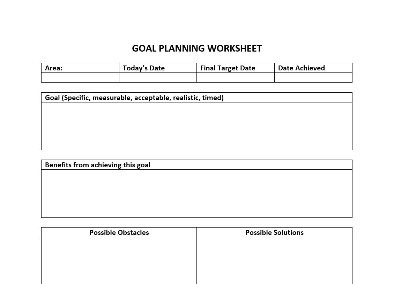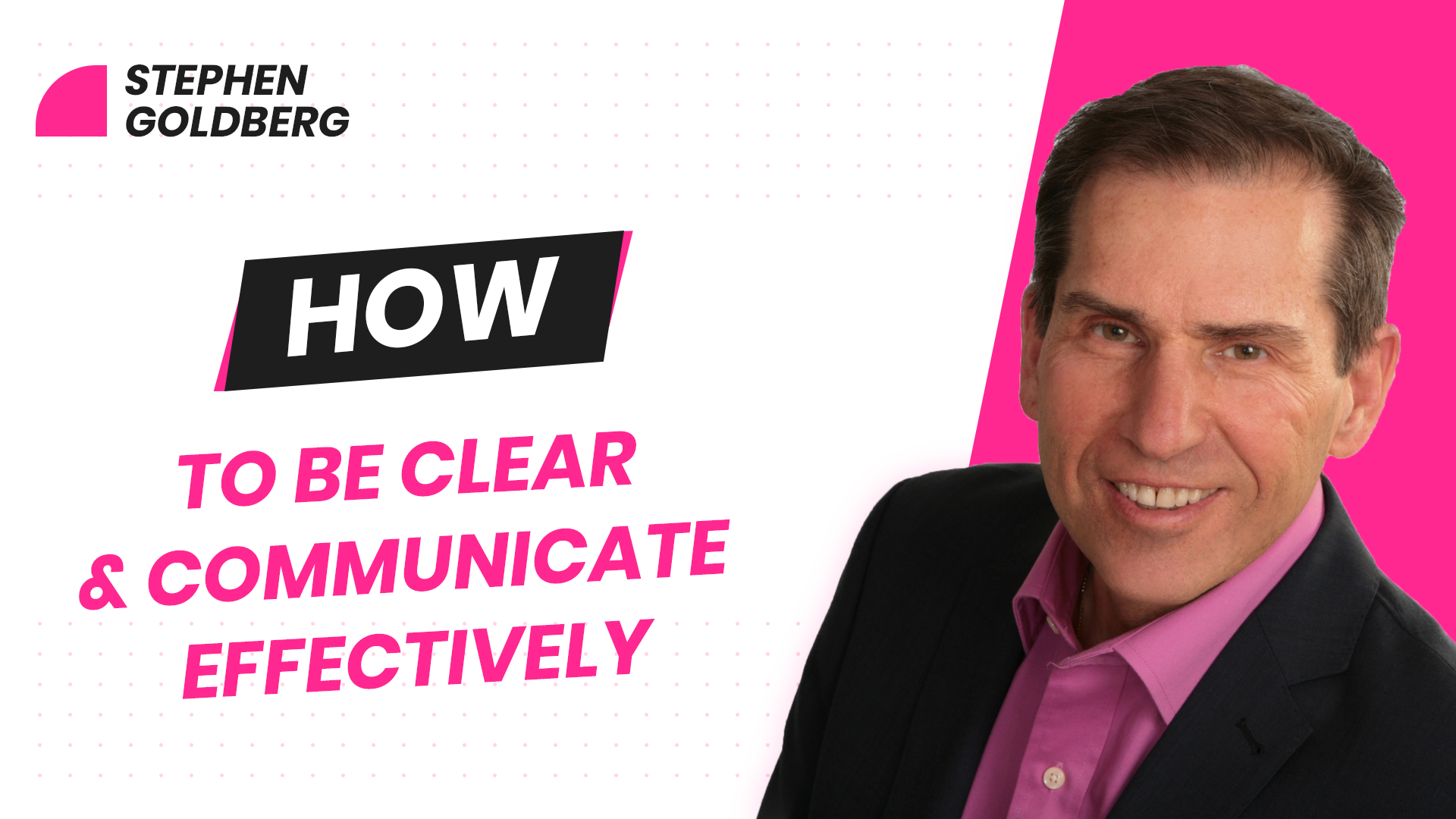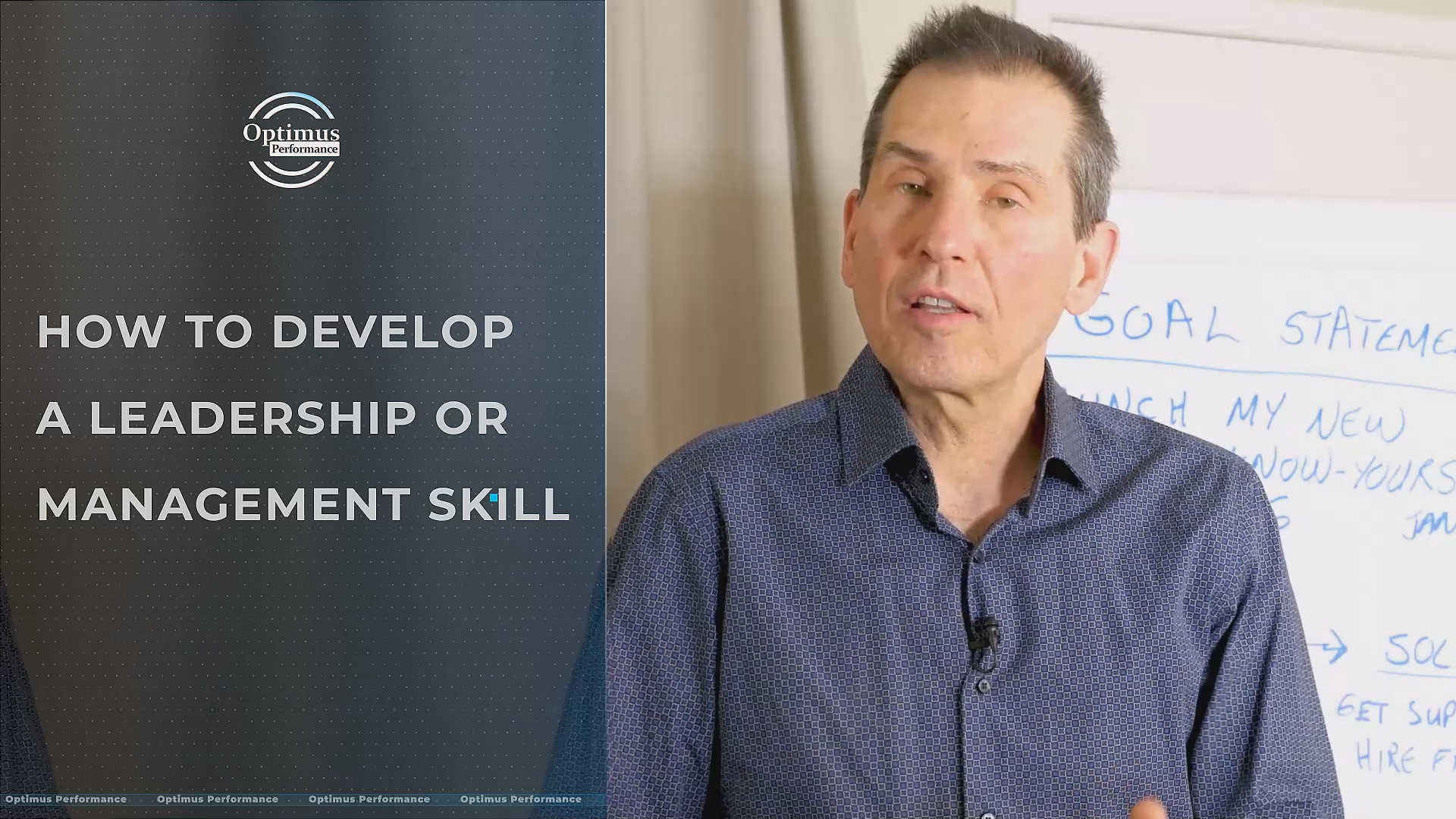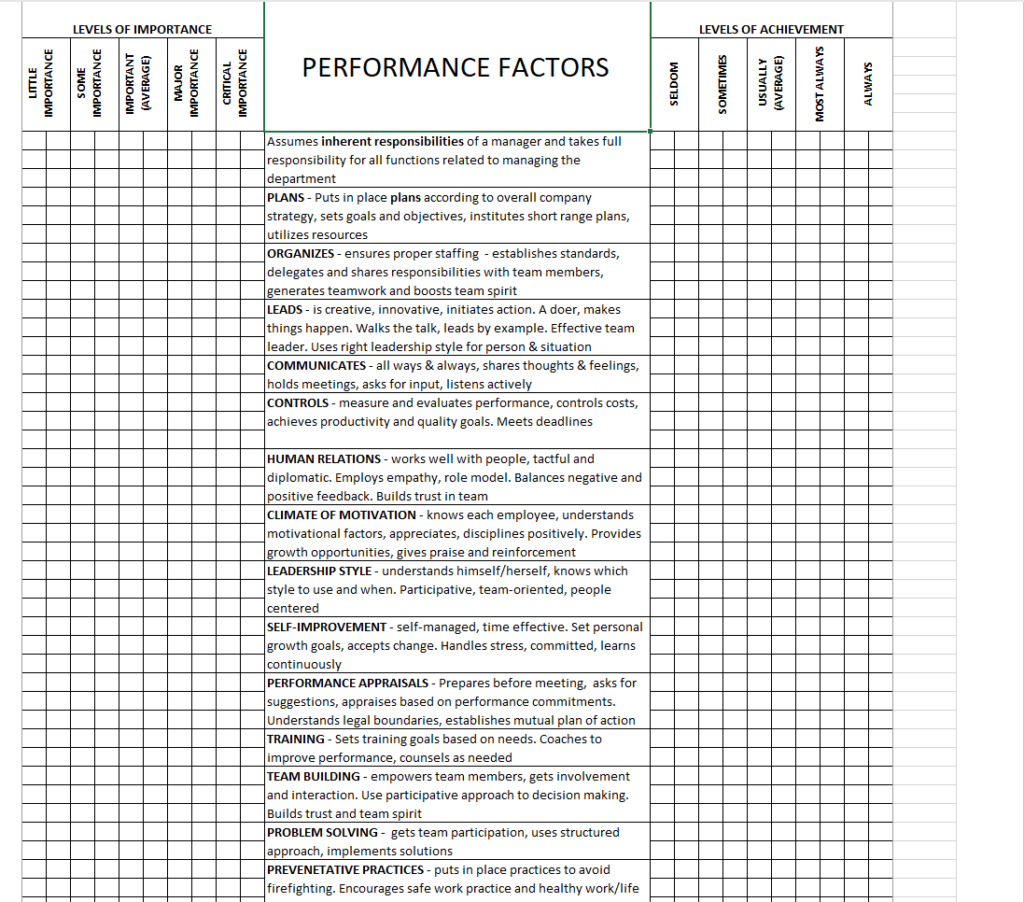A good story can inspire, entertain, teach, and engage an audience. We know this from watching good shows and films. Marketers also use storytelling to move an audience to prefer a particular brand. Canadian Tire had great brand success with this viral TV commercial a few years ago.
Leaders can use storytelling to inspire employees to think creatively and solve their own problems. It’s a great teaching tool when used wisely in the right situations.

I have been coaching Victor, a young man from Uganda who contacted me after viewing my video on goal setting about breaking down exceedingly difficult goals into small steps. He wanted me to help him achieve a goal that seemed to be unattainable.
Victor’s goal is to become an entrepreneur and open a hardware store where he lives in Kampala, Uganda. However, he has no money and can barely make ends meet.

had him fill out my goal planning worksheet and saw that the solutions to the obstacles were unrealistic based on his current situation.
I spoke with him a few days ago and told him a few stories about entrepreneurs I knew from growing up and how one of them started with almost nothing and yet became one of the wealthiest businessmen in my city.
The story goes that the fellow was ambitious but could not stomach school and so decided to start selling clothing from the trunk of his car. He managed to find a supplier who fronted him some products and he went around to high schools selling from his car. Because he had very little expenses, he could sell popular clothing to teenagers at lower prices than the stores.
Eventually he had enough money to open an office and warehouse and started attracting popular clothing manufacturers to sell their products exclusively in Canada. His business and wealth grew overtime, and he employed many people across the country.
After telling this story and a few others to Victor I could sense he was getting excited and he could see new avenues to taking a different path to his dream. I suggested he explore hardware products that he could buy wholesale and sell directly to businesses or consumers at low prices. I also asked him to make a list of his friends and family to see who might be able to invest in his endeavour or provide a loan to get started.
Business owners and leaders can use this same technique to get employees thinking outside of the box and explore new approaches to their projects or problems. For example, if an employee is leading a project team and has run into difficulty in keeping team members on track, you could tell a story of how you or someone you know dealt with a similar situation. You then ask questions to help the person formulate some action steps incorporating elements learned from the story.
Next time someone comes to you for answers, think of your experience with a similar situation and if you can formulate a story to tell to teach, inspire and empower the other person. You can download my goal planning worksheet and other forms here.





